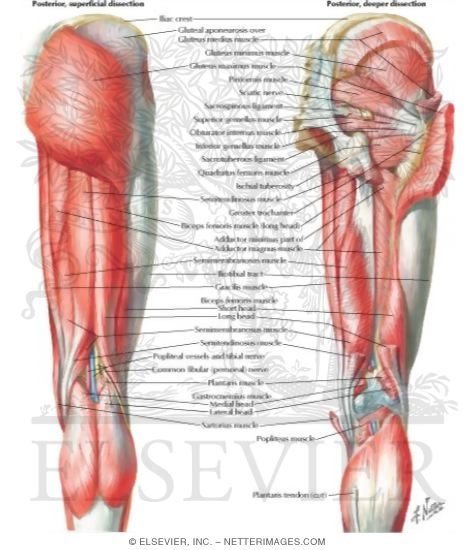1) Mobility - identify and stretch tight or short muscles
2) Stability - stabilize core and develop coordination of deep abdominal muscles
3) Control - develop balance and motor control
 |
| So much to go wrong. Going back to bed. |
It's an excellent read, along with their complementary paper focused on exercises, and especially appropriate for older runners looking to extend their running life. However, the most interesting part of the article was the authors' identification of muscles that tend to be tight and weak in runners (movements are my addition). Muscles can be divided into postural and phasic, with the former supporting the body for long periods of time and the latter actively moving the body for shorter bursts. Postural muscles tend to be tight, while phasic muscles tend to be weak.
Tight (postural):
- Soleus - planterflexion
- Rectus femoris - knee extension; hip flexion
- Iliopsoas - hip flexion
- Tensor fasciae latae - hip flexion; medial hip rotation; abduction; trunk stabilization
- Hamstrings - knee flexion; hip extension
- Short thigh adductors - adduction
- Quadratus lumborum - lateral vertebrae flexion
- Piriformus - external hip rotation
- Sartorius - knee flexion; lateral hip rotation; abduction; hip flexion
Weak (phasic):
- Tibialis anterior - dorsiflexion; inversion
- Peroneals - planterflexion; eversion
- Vastus medialis - knee extension; patella tracking
- Long thigh adductors - adduction
- Gluteus maximus - hip extension; external hip rotation
- Gluteus medius and minimus - abduction; medial hip rotation
That's an interesting list, and most runners who have gone through injury cycles can probably identify many of the common culprits. I currently have runner's knee in both my knees (worse in my left) and IT band syndrome in my left knee.
Regardless of what my current problems are, a well balance musculature will prevent future injury, so it's worth doing a full overhaul. I'm going to assume I have all of the aforementioned tightnesses and weaknesses, and I'll outline stretches and exercises I plan to use to get my legs and hips back in order. I suppose this will correspond to part one of their article, just before core conditioning starts.





No comments:
Post a Comment